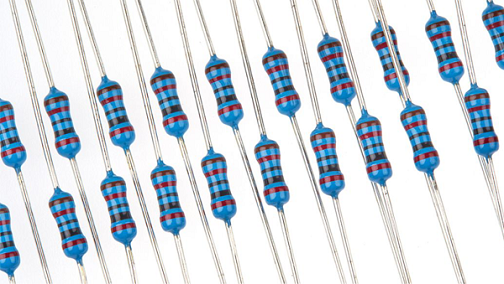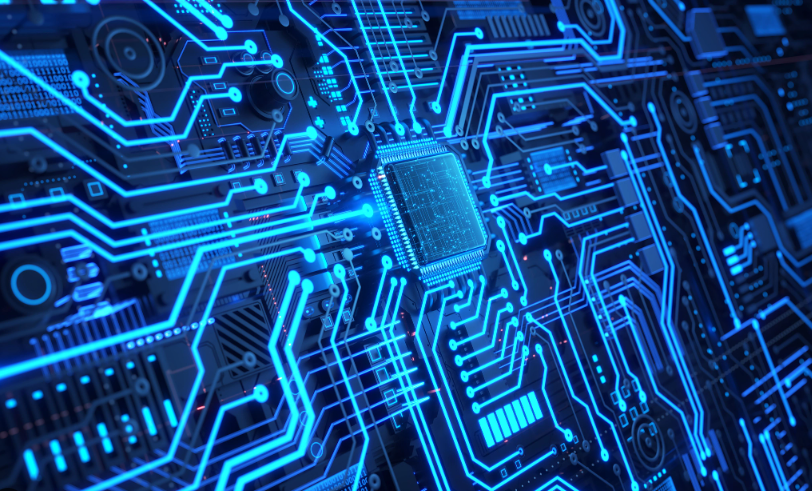In the intricate world of electronic devices, the circuit board stands as a silent orchestrator, directing the flow of electrons to bring our gadgets to life. Within this seemingly unassuming board lie 12 crucial components, each playing a unique role in ensuring the functionality and efficiency of our devices. Let’s delve into the fascinating realm of circuitry and explore these essential components that power our digital world.
Resistors: The Silent Moderators

Resistors are the unsung heroes of circuitry, controlling the flow of electric current and preventing electronic components from getting overwhelmed. Like a traffic cop, they ensure a smooth and regulated flow, protecting sensitive parts from potential damage.
Capacitors: Storage Wizards

Capacitors store electrical energy, acting as temporary powerhouses for sudden bursts of activity. They release stored energy when needed, enhancing the efficiency and stability of electronic systems. Think of them as short-term memory for your circuits.
Inductors: Magnetic Guardians
Inductors create magnetic fields when current passes through them, storing energy in the form of magnetism. This stored energy resists changes in the current flow, providing stability and preventing sudden fluctuations.

Diodes: The One-Way Streets

Diodes act as electrical check valves, allowing current to flow in one direction only. They play a crucial role in rectifying alternating current (AC) to direct current (DC), ensuring a unidirectional flow of electricity within the circuit.
Transistors: Electronic Amplifiers
Transistors serve as amplifiers and switches, controlling the flow of current. These miniature wonders are the building blocks of digital circuits, enabling the manipulation of signals and the execution of logical operations.
Integrated Circuits (ICs): The Compact Commanders
Integrated circuits consolidate multiple electronic components into a single chip, streamlining complex circuits and enhancing overall efficiency. They are the brains of modern electronic devices, housing millions of transistors on a single piece of silicon.
Microcontrollers: Intelligent Executors
Microcontrollers are specialized integrated circuits that act as the brains of embedded systems. They process input data, execute programmed instructions, and govern the functioning of devices like microwaves, washing machines, and even your car’s engine control unit.
Voltage Regulators: Stability Stewards
Voltage regulators maintain a constant output voltage regardless of fluctuations in input voltage or current. They ensure that electronic components receive a steady and regulated power supply, safeguarding against potential damage due to overvoltage.
Clock Generators: Precision Timekeepers
Clock generators produce regular and synchronized pulses, establishing a reference timing for various operations within the circuit. These pulses orchestrate the orderly execution of tasks, ensuring seamless coordination among different components.
Connectors: The Circuit Bridges
Connectors are the physical interfaces that allow various components to link together. They facilitate communication between different parts of the circuit, enabling the seamless exchange of information.
LEDs: Illuminating Messengers
Light-Emitting Diodes (LEDs) are not just sources of illumination; they also convey information about the circuit’s status. Their use extends beyond lighting up our screens; they indicate power, connectivity, and operational states in electronic devices.
Switches: The Gatekeepers
Switches control the flow of current within a circuit, acting as gatekeepers for electronic systems. Whether it’s a simple on/off switch or a complex array of transistors forming a digital switch, these components dictate when and how electricity flows through the circuit.
Conclusion
The circuit board is a symphony of interconnected components, each contributing its unique melody to create the harmonious functionality of our electronic devices. Understanding these 12 essential components provides a glimpse into the intricate world of circuitry, showcasing the brilliance of engineering that powers the digital age. As technology advances, so too does our appreciation for the intricate dance of electrons within the heart of every circuit board.
